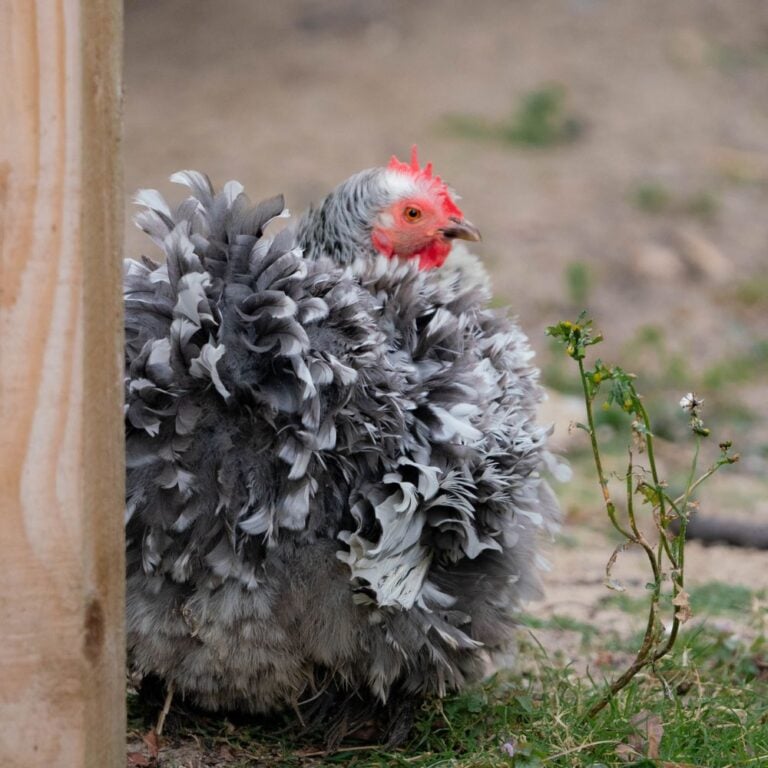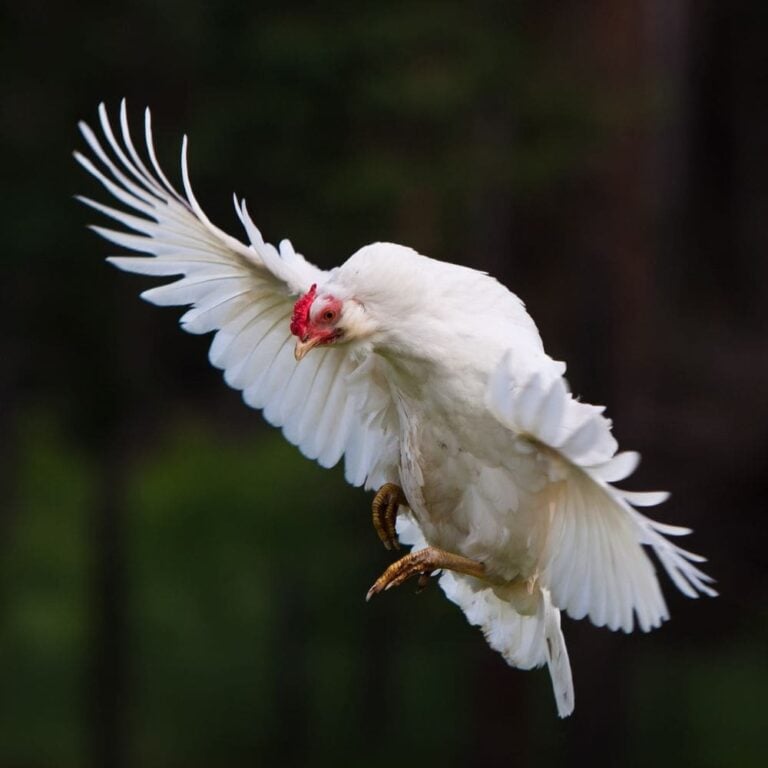If you suddenly see nasal discharge in your pets, or if your pet sneezes a lot, you might wonder what’s going on. Just like people, our pets can get stuffy noses, runny noses, and suffer from sneezing episodes.
It can take you off guard seeing and hearing your pet sneeze, especially if it is a sneezing fit that takes a few minutes for them to get over. In this article we’ll discuss some of the more common reasons why your pet may sneeze or have drainage from their nose, also referred to as nasal discharge.
Table of Contents (Quickly Jump To Information)
Causes Of Nasal Discharge
Nasal discharge refers to any sort of drainage coming from the nose. Drainage from the nose can come in different forms, depending on what the underlying cause is and how inflamed the lining of the nasal passages are. For instance, the drainage can be:
- clear,
- green,
- grey, or
- red
and it can be:
- thick and goopy, or
- very thin.
There are many different things that can cause nasal discharge in our pets. Here is a list of some of the more common reasons your pet may have drainage from the nose:
- Irritation from something they sniffed/inhaled
- Allergies
- Viral infections (upper respiratory infections)
- Bacterial infections (upper respiratory infections)
- Tooth root infections
If your pet’s nasal drainage is due to just an inhaled irritant, it should improve on its own within 24-48 hours and will likely be just clear in color. Nasal drainage due to allergies or viral infections can also sometimes improve on their own if your pet’s immune system is functioning properly and will usually last about 1-2 weeks.
However, if you’re noticing thick, green, mucoid drainage from your pet’s nose, it could indicate they have developed a bacterial infection that will need to be treated with antibiotics.
When To Take Your Pet To The Veterinarian
If you notice anything more than clear, thin discharge, it’s best to take your pet in to see their veterinarian so they can prescribe the right medicine for them.
Your vet can also let you know if anything needs to be followed up on, such as scheduling a dental cleaning (only necessary if your pet has teeth). The reason infected tooth roots can cause nasal drainage is because the roots of the upper teeth are very close to the nasal passages, and if the tooth root is infected, this will also cause inflammation and infection to creep into the lining of the nose.
There are also more serious conditions that result in nasal discharge, which do require medical attention. If you notice blood coming from your pet’s nasal area, or the nasal drainage does not improve on its own within 1-2 weeks, it is time for them to be seen by their veterinarian.
Here is a list of some of the less common, but more serious causes of nasal drainage:
- Having something stuck in the nasal passages, such as a blade of grass or pine bedding
- Autoimmune inflammatory conditions affecting the nasal passages
- High blood pressure
- Cancer
If your pet has nasal drainage of any kind for more than 2 weeks or if there is blood present, it’s best to schedule an appointment with your veterinarian for them to examine your pet and discuss if any more extensive diagnostics need to be done to evaluate for the more rare, but serious causes mentioned above.
Causes Of Sneezing
Sneezing occurs when something is irritating to the nasal passages. It is a protective mechanism of the body to try to prevent allergens, infections, and foreign bodies from lodging further down into the lower airways. Oftentimes, sneezing can be caused by similar things that cause nasal discharge. Some common reasons why your pet may be sneezing include:
- An irritant that was inhaled, such as dust, pollen, fragrance, etc.
- Allergies
- Viral infections (upper respiratory infections)
- Bacterial infections (upper respiratory infections)
- Something stuck in the nasal passages, such as a blade of grass
Sometimes these things can resolve on their own within a few days. If you notice green, mucoid discharge from the sneeze, blood from the sneeze, or if the sneezing doesn’t become less frequent within 5-7 days, you should schedule an appointment with your veterinarian for your pet to be examined.
Nasal discharge doesn’t need to be scary or life threatening. In fact, in some cases, nasal discharge can be a good thing, especially if it helps your pets clear foreign bodies from their nasal passages. However, if your pet exhibits any of the symptoms listed above, then be sure to get veterinary help.
Leslie Brooks graduated from the University of Tennessee College of Veterinary Medicine in 2012. After graduation she did a one-year intensive rotating clinical internship, with rotations in various specialties. She has been working in small animal clinical medicine ever since and ran her own house call practice for three years. She currently lives in Indiana with her husband, son, and cat named Callie. She spends much of her free time volunteering in the community, from Meals on Wheels to working with pets of the homeless and vulnerable. She also loves to travel and read.


![The Best Herbs For Chickens To Eat? These Are Them (Plus One For First Aid!) [Podcast]](https://thefrugalchicken.com/wp-content/uploads/2016/01/herbs-for-chickens.png)



